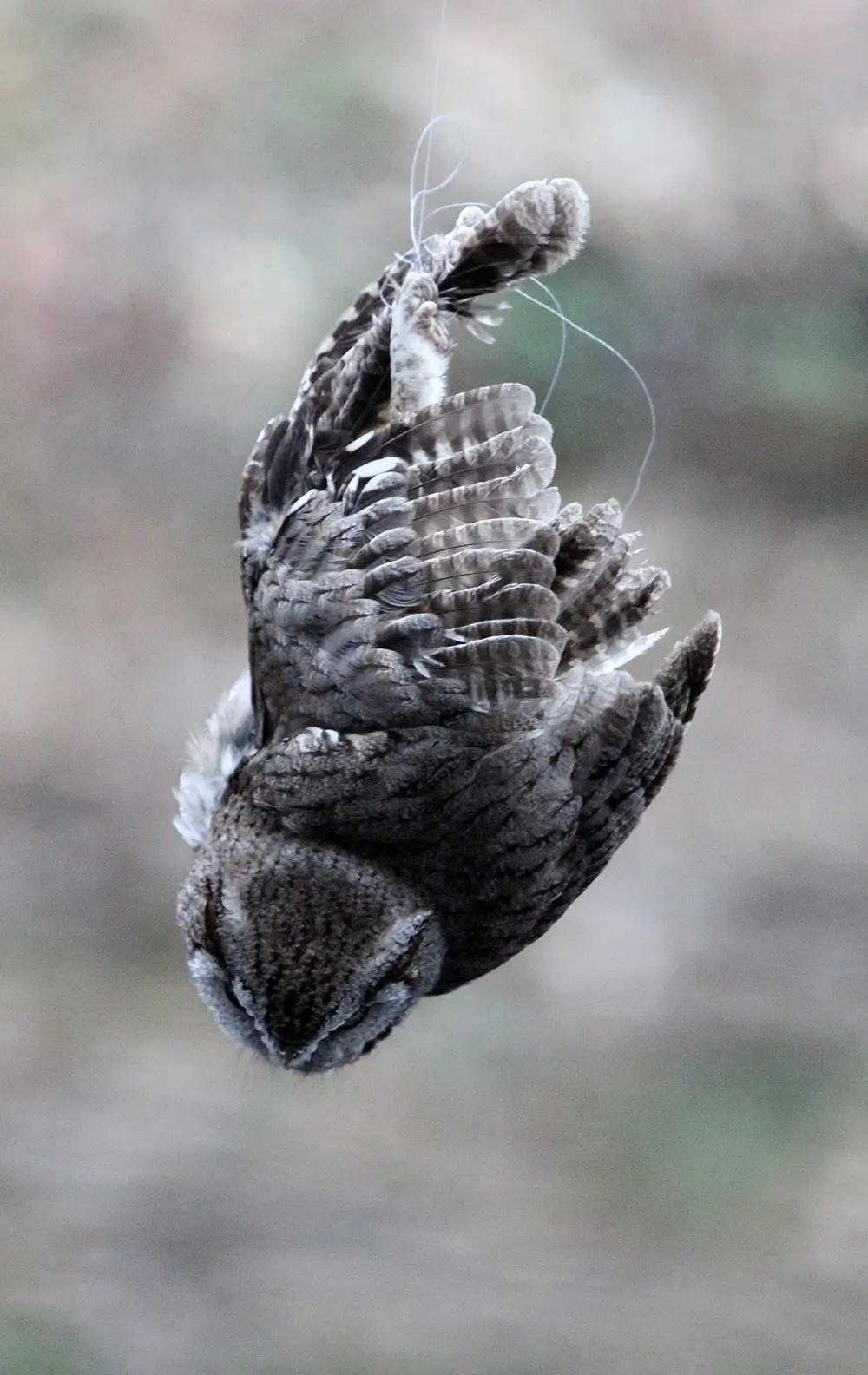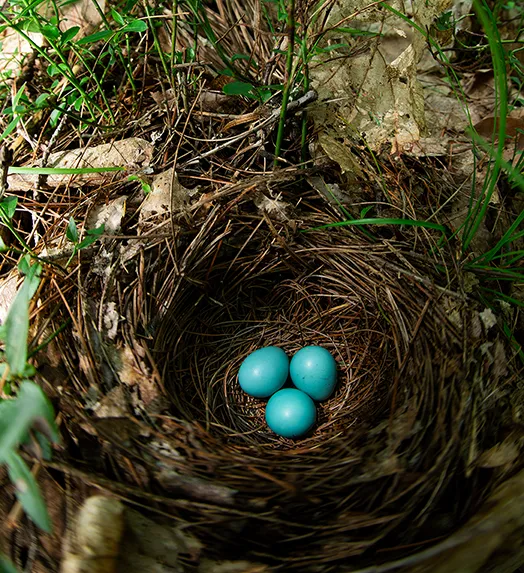Pesticides are an important component of commercial agriculture, and are also commonly used in smaller scale applications on yards and gardens. They can affect birds directly or by suppressing their food supplies. DDT is the classic example of a pesticide with detrimental effects on birds (through lowering reproductive success), and while it is now banned, other pesticides have been developed. There is increasing evidence that many of these, particularly the group known as neonicotinoids, can be toxic to birds, particularly when ingested directly via coated seeds. If not immediately toxic, neonicotinoids can still have neurological effects such as inhibiting foraging or migratory behaviors.

Although insects are far more difficult to monitor than birds, there is increasing evidence that they are declining over a large portion of the earth. It’s even harder to relate insect declines directly to bird populations, but this linkage is often proposed as a factor behind the declines in species such as swifts and swallows. Loss of nutritious wetland insects due to pesticides or other forms of pollution may compromise breeding success.
Pesticides may also be an important threat during migration and winter, since most of them are less regulated outside the United States. In 1996, for example, application of a pesticide to control grasshoppers resulted in the death of thousands of wintering Swainson’s Hawks in Argentina. DDT, long banned in the US and Canada, is still used for mosquito control in parts of South America, and the effects of other pesticides remain largely unknown.

Acid deposition can cause insidious changes to the environment, particularly in the Northeast, where airborne pollutants from farther west are carried eastward. Here in New Hampshire, where our granitic soils are especially vulnerable to acidification, the effects are exacerbated. Acid deposition can leach calcium from forest soils, in turn reducing the availability of calcium to forest invertebrates such as snails. Birds that rely on such invertebrates in their diet may encounter fewer prey or prey with lowered calcium levels. Birds require calcium for egg production but the implications of calcium deficiency are poorly understood at this time. Although stricter regulations have reduced acid deposition significantly, its ecological effects can last for years in ways that have proven hard to measure.
Birds are sensitive to contaminants such as lead, mercury, and manufactured organic compounds, none of which occur naturally in the environment. The effects from exposure or ingestion include lower reproductive success, neurological problems, other biological dysfunctions, and death. The harmful effects of lead are well documented, and while the long-term impacts of mercury are largely unknown, birds in salt marshes and high elevation forests have been shown to have relatively high mercury levels, presumably because mercury is more easily absorbed in these habitats. Industrial chemicals such as flame retardants and PFAS are increasingly of concern when they occur in our drinking water, and we have almost no data on how they might affect birds and other wildlife. Some contaminants bioaccumulate, meaning that their concentrations increase over time if they continue to be ingested. This is why DDT was so detrimental to birds of prey, but at present we don’t know how other chemicals behave when concentrated in birds.
Contact Headquarters

National Wildlife Federation Affiliate
Website By CleverLight
Information for the species profiles on this website was compiled from a combination of the sources listed below.
The Birds of New Hampshire. By Allan R. Keith and Robert B. Fox. 2013. Memoirs of the Nuttall Ornithological club No. 19.
Atlas of the Breeding Birds of New Hampshire. Carol R. Foss, ed. 1994. Arcadia Publishing Company and Audubon Society of New Hampshire
Birds of the World. Various authors and dates. Cornell Laboratory of Ornithology.
Data from the Breeding Bird Survey
Data from the Christmas Bird Count